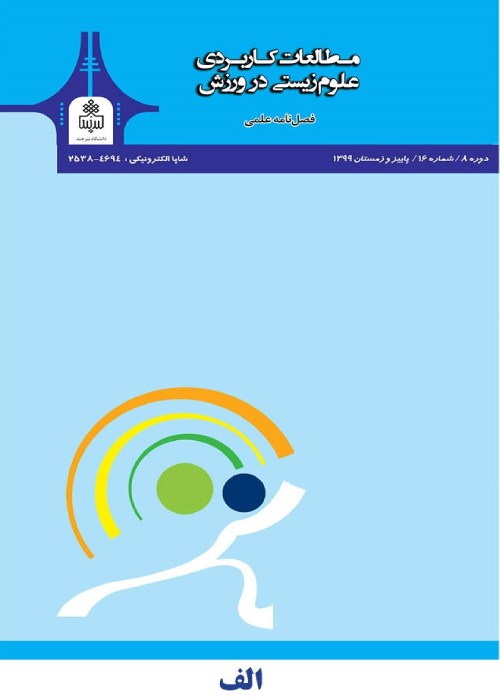The effect of high intensity interval training on FOXO3, PI3K and AKT proteins content in heart muscle of type two diabetic rats
Diabetes can causes disturbances in glucose homeostasis and negative changes in the heart muscle. Since physical activity in people with diabetes may affect the heart tissue, the aim of this study was to investigate the effect of high intensity interval training (HIIT) on content of FOXO3, PI3K and AKT proteins in the heart tissue of Wistar rats with type two diabetes.
In the present study, 36 male Wistar rats were divided into four groups: diabetes - control, diabetes - exercise, control – healthy, and exercise - healthy. After two months of high-fat diet and induction of diabetes by Streptozotocin (35 mg/kg) in diabetes-control and diabetes-exercise groups, the animals in diabetes-exercise and exercise-healthy groups performed the HIIT protocol based on a percentage of Vmax achieved, that it was with two-minutes intervals and increasing number of intervals for eight weeks and five sessions per week. 48 hours after the last training session, cardiac tissue was extracted and the content of FOXO3, PI3K and AKT proteins were assessed using Western blotting. In addition, a histological study was performed at the tissue level using hematoxylin and Eosin staining. To analyze the data one-way analysis of variance and Tukey tests were used at a significance level of p<0.05.
The content of FOXO3 protein in diabetic groups significantly increased compared to healthy groups (p=0.001). In addition, the content of PI3K and AKT proteins in diabetes-control group also significantly decreased compared to healthy groups (p=0.001 and p=0.009, respectively), while the content of these two proteins significantly increased after training (p=0.01 and p=0.001, respectively). Moreover, at the tissue level of heart, the thickness and length of cardiac myocytes significantly increased due to diabetes (p=0.001); while after HIIT, this pathological hypertrophy reduced (p=0.02 and p=0.01, respectively).
Finally, it can be stated that although the use of this training method did not show a change in the amount of FOXO3 protein, but it was able to increase the amount of PI3K and AKT proteins and improve the pathological hypertrophy caused by diabetes.
- حق عضویت دریافتی صرف حمایت از نشریات عضو و نگهداری، تکمیل و توسعه مگیران میشود.
- پرداخت حق اشتراک و دانلود مقالات اجازه بازنشر آن در سایر رسانههای چاپی و دیجیتال را به کاربر نمیدهد.



